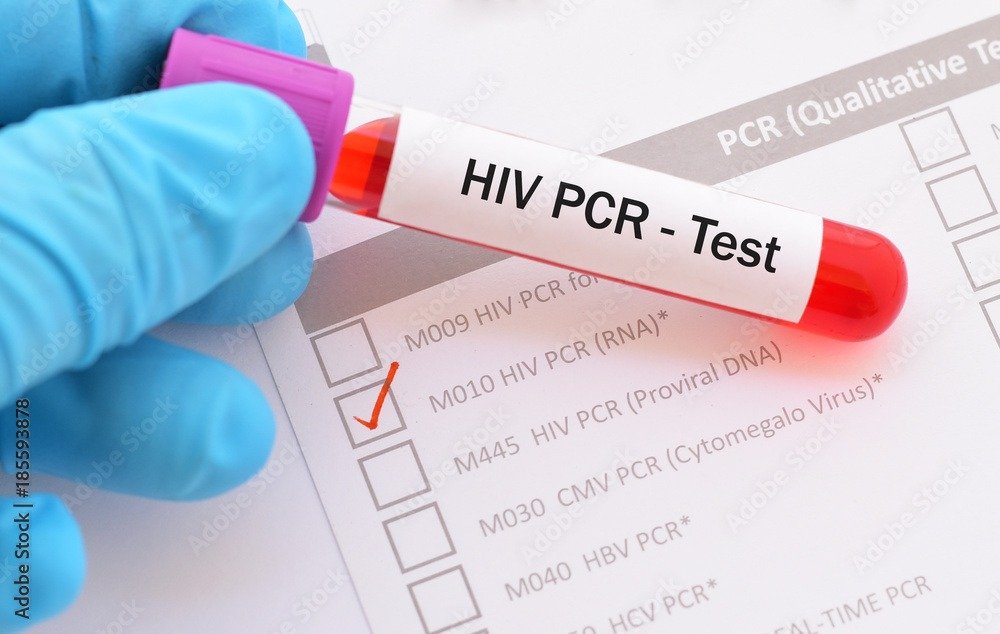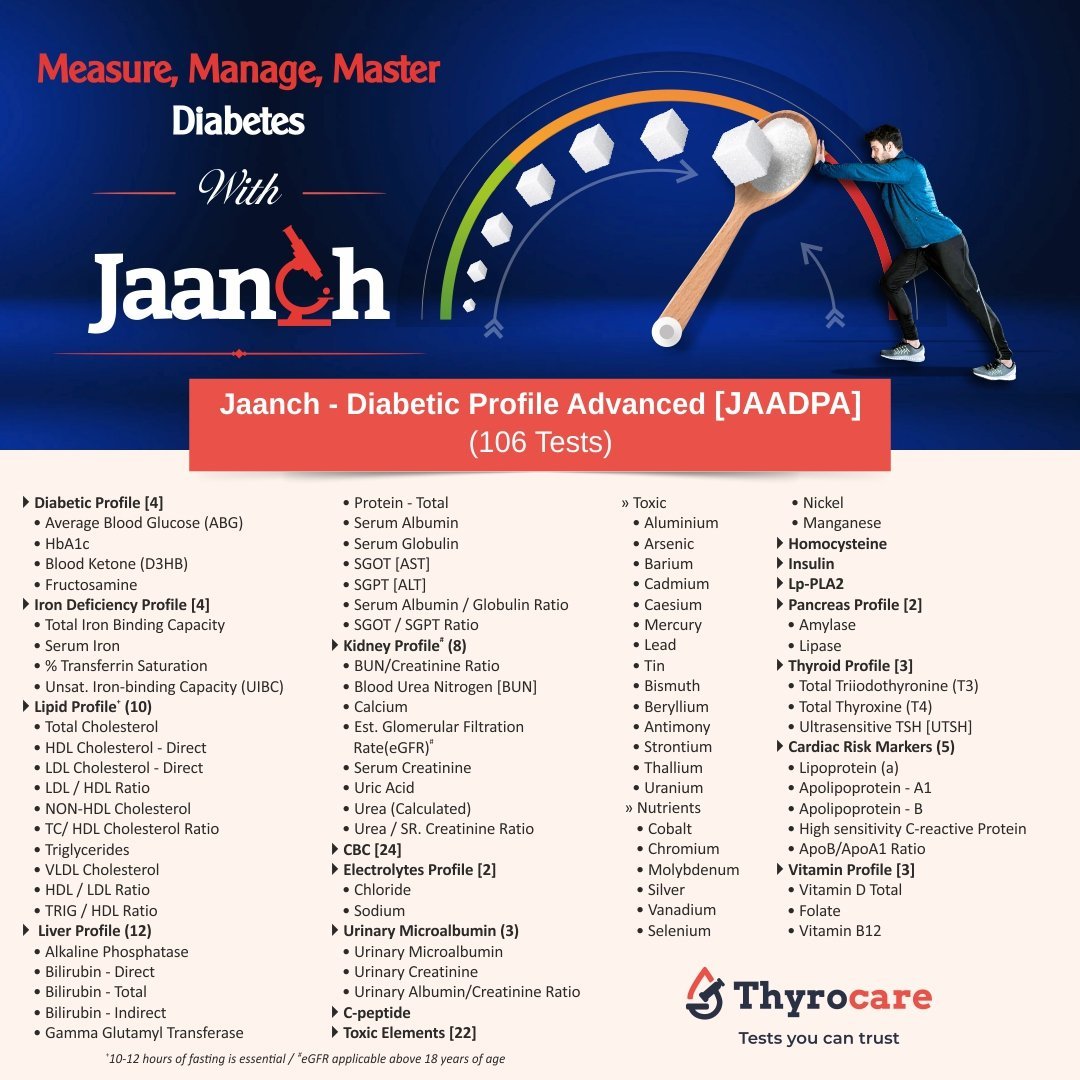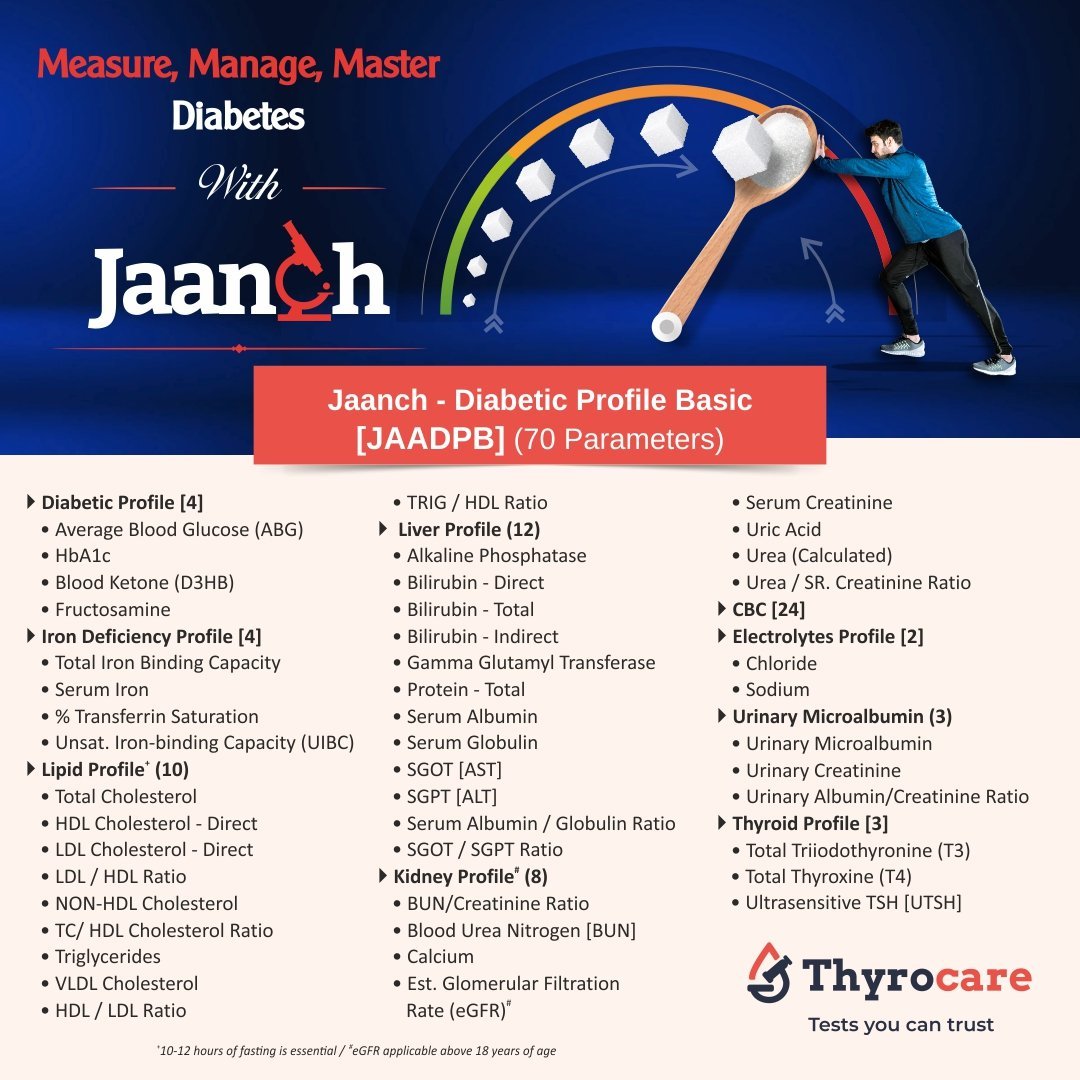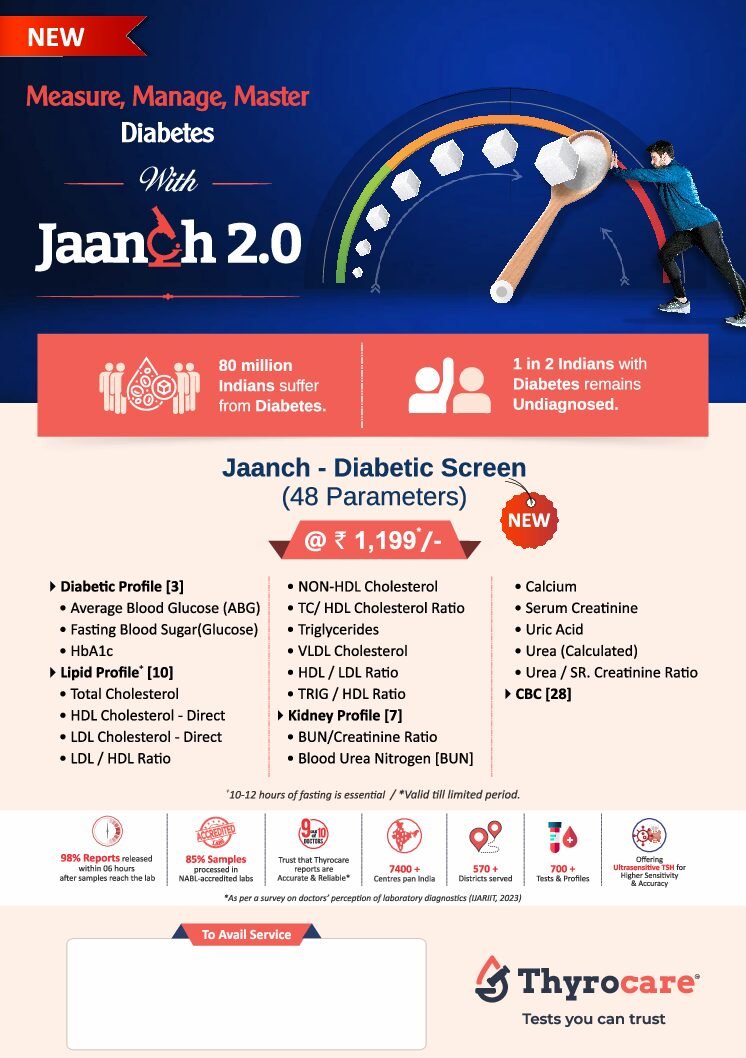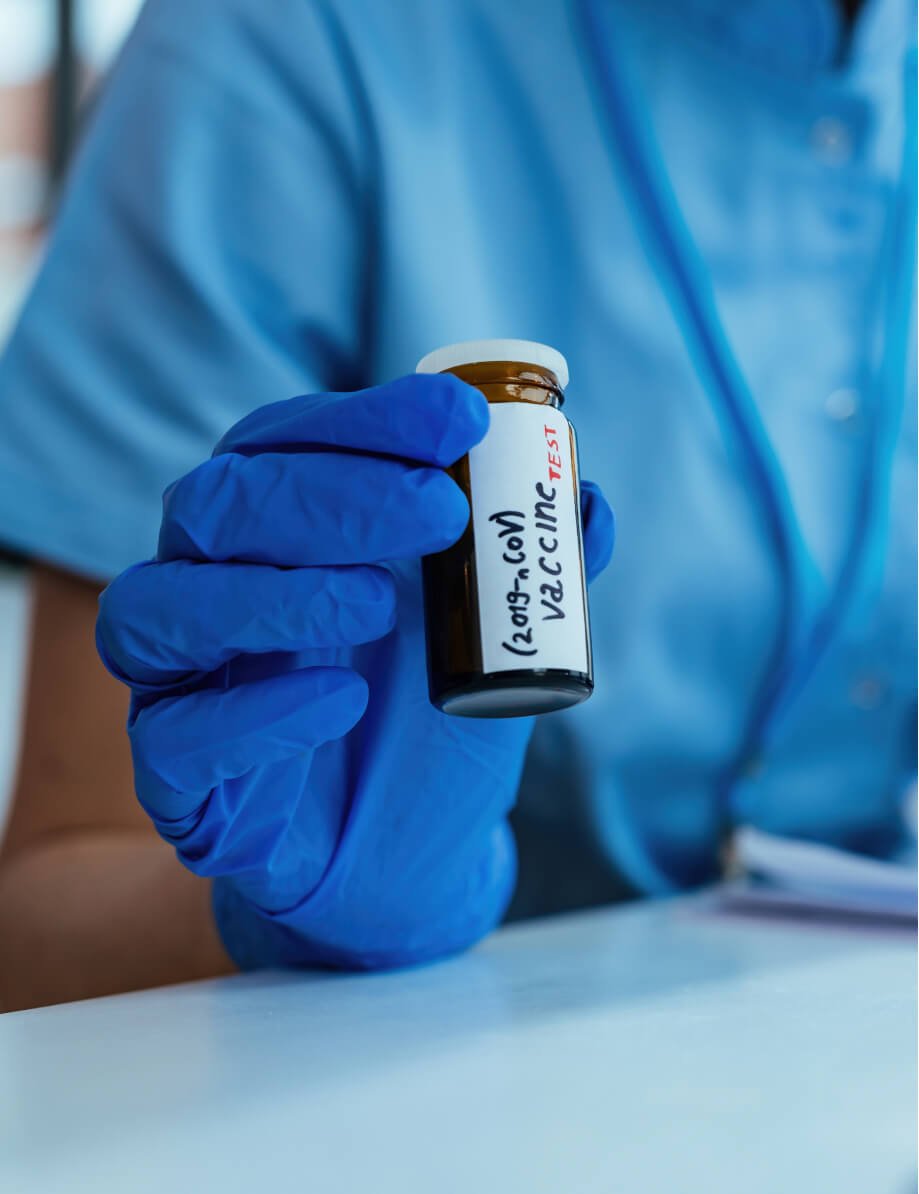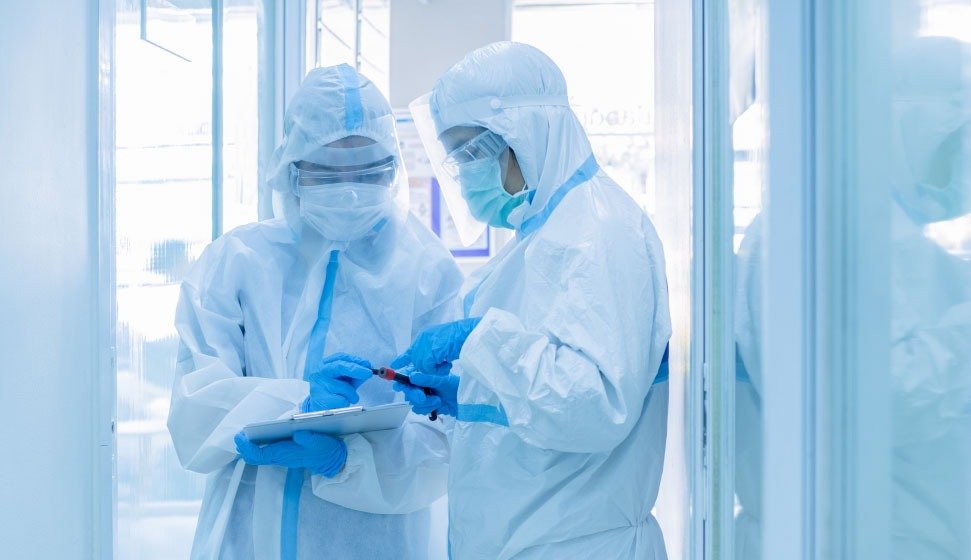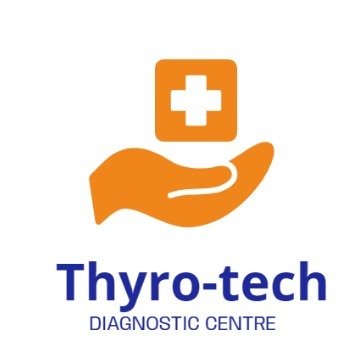- Thyrocare_AN
- April 16, 2024
- Diabetes
- 0 Comments
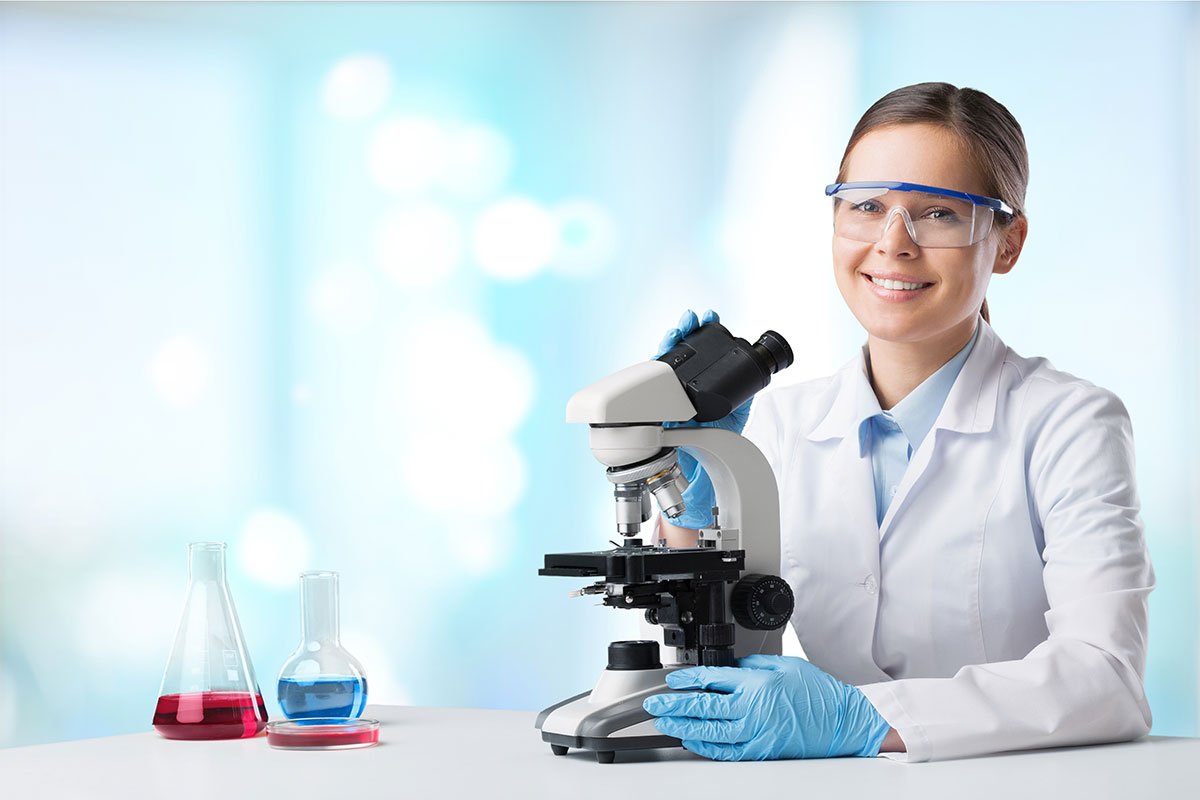
Overview
HIV stands for Human Immunodeficiency Virus. It’s a virus that lives in human blood, sexual fluids, and breast milk. The virus breaks down certain cells in the body’s immune system. When HIV damages the immune system, it’s easier to get sick and even die from infections that the body could normally fight off.

There’s no cure for HIV, but medicines can help a person stay healthy.
What is the difference between HIV and AIDS?
HIV is the virus that causes AIDS (Acquired Immune Deficiency Syndrome), a chronic life-threatening condition. AIDS is the most serious stage of HIV, and it leads to death overtime. A person can have an HIV infection, with few or no symptoms, for years before it turns into AIDS.
AIDS is diagnosed when the number of CD4 cells, which are the immune system’s key infection fighters, falls below 200. Healthy adults generally have a CD4 count of 500 to 1,500 per cubic millimeter.
A person can also be diagnosed with AIDS if they have HIV and develop an opportunistic infection or cancer that’s rare in people who don’t have HIV. An opportunistic infection, such as pneumonia, is one that takes advantage of a unique situation, such as HIV and is caused by pathogens such as bacteria, viruses, fungi, or protozoa.
With early diagnosis and effective treatments, most people with HIV will not develop any AIDS-related illnesses and will live a near-normal lifespan.
In the case of AIDS, a person is vulnerable to a wide range of illnesses, including:
- Pneumonia
- Tuberculosis
- Oral thrush, a fungal infection in the mouth or throat
- Cytomegalovirus (CMV), a type of herpes virus
- Cryptococcal meningitis, a fungal infection in the brain
- Toxoplasmosis, a brain infection caused by a parasite
- Cryptosporidiosis, an infection caused by an intestinal parasite
- Cancer, including Kaposi’s sarcoma (KS) and lymphoma
- Significant weight loss, often accompanied by diarrhea, chronic weakness, and fever.
- HIV-associated neurocognitive disorders (HAND) can range from mild symptoms of behavioral changes and reduced mental functioning to severe dementia causing weakness and inability to function.
- HIV-associated nephropathy (HIVAN), an inflammation of the tiny filters in the kidneys that remove excess fluid and wastes from the blood and pass them to urine.
- Liver disease, especially in people who also have hepatitis B or hepatitis C.
What are the signs and symptoms of HIV?
HIV progresses through three stages including

- Acute infection stage, the first few weeks after transmission
- Clinical Latency or Chronic stage
- Aids
The symptoms vary, depending on the phase of infection. During the acute infection stage, symptoms may include:

- Fever
- Chills
- Swollen lymph nodes
- Muscle aches and joint pain
- Skin rash
- Sore throat
- Painful mouth sores
- Headache
- Nausea
- Upset stomach
- Weight loss
- Cough
- Night sweats
During the clinical latency stage, symptoms may include:

- Swollen lymph nodes
- Recurrent fever
- Fatigue
- Nausea
- Vomiting
- Diarrhea
- Weight loss
- Skin rashes
- Recurrent oral or vaginal yeast infections
- Pneumonia
- Shingles
In the case of AIDS, symptoms may include:

- Recurrent fever
- Chronic swollen lymph glands, especially of the armpits, neck, and groin
- Chronic fatigue
- Night sweats
- Sores, spots, or lesions of the mouth and tongue, genitals, or anus
- Bumps, lesions, or rashes of the skin
- Recurrent or chronic diarrhea
- Rapid weight loss
- Neurologic problems such as trouble concentrating, memory loss, and confusion
- Anxiety and depression
- Chills
How does a person get HIV?
HIV is transmitted through bodily fluids including:

- Blood
- Semen
- Vaginal
- Rectal fluids
- Breast milk
A person can get HIV from:
- Having unprotected sex
- Sharing needles or syringes for drugs, piercings, tattoos, etc.
- Getting stuck with a needle that has HIV-infected blood on it
- Getting HIV-infected blood, semen, or vaginal fluids into open cuts or sores on the body
- Blood transfusion of infected blood
- HIV can also be passed to babies during pregnancy, birth, or breastfeeding.
It is important to understand that HIV does not spread through:
- Skin-to-skin contact
- Hugging, shaking hands, or kissing
- Air or water
- Sharing food or drinks
- Saliva, tears, or sweat
- Sharing a toilet, towels, etc
- Mosquitoes or other insects
How can HIV be prevented?
There is currently no vaccine available to prevent the transmission of HIV. However, taking certain steps can help prevent the spread of HIV.

- Safer sex: The most common way for HIV to spread is through unprotected sex.
- Avoid sharing needles: HIV is transmitted through blood and can be contracted by using contaminated materials.
- Reduce the number of sexual partners.
- Eat a well-balanced diet. It is important to have a healthy intake of fiber, vitamins and minerals, and proteins.
- Exercise regularly. A healthy diet coupled with daily exercise such as cardio, aerobics exercise, resistance training, flexibility training can increase stamina, build muscles and keep bones strong.
- Get plenty of rest
- Quit smoking
How is HIV diagnosed?
Several types of tests as stated below check the blood or other body fluids to diagnose HIV:

- Antigen/antibody combination tests: These tests usually involve drawing blood from a vein. These tests check for HIV antigen, a protein that’s part of the virus and HIV antibodies.
- Antibody tests: These tests look for antibodies to HIV in blood or saliva. They’re also called immunoassay or ELISA tests.
- Nucleic acid test (NAT): This test looks for the actual virus in the blood and is also known as RNA test.
Google Reviews
Posted onTrustindex verifies that the original source of the review is Google. Good service with affordable cost.ThanksPosted onTrustindex verifies that the original source of the review is Google. Quick service and excellent detailed reports provided.Posted onTrustindex verifies that the original source of the review is Google. Very interactive, responding well, and well executed. I would like to recommend to all my friends and relatives. Good job. Excellent. Continue to help


